-
 Bitcoin
Bitcoin $83,291.0340
-0.96% -
 Ethereum
Ethereum $1,826.6379
-1.54% -
 Tether USDt
Tether USDt $0.9998
0.00% -
 XRP
XRP $2.0549
-1.26% -
 BNB
BNB $606.8753
1.28% -
 Solana
Solana $119.1310
-4.05% -
 USDC
USDC $1.0000
0.00% -
 Dogecoin
Dogecoin $0.1659
-1.56% -
 Cardano
Cardano $0.6500
-2.57% -
 TRON
TRON $0.2364
-0.34% -
 Toncoin
Toncoin $3.7730
-5.06% -
 UNUS SED LEO
UNUS SED LEO $9.4476
0.65% -
 Chainlink
Chainlink $13.0772
-2.81% -
 Stellar
Stellar $0.2627
-1.16% -
 Avalanche
Avalanche $18.6021
-1.63% -
 Sui
Sui $2.3506
0.90% -
 Shiba Inu
Shiba Inu $0.0...01230
1.04% -
 Hedera
Hedera $0.1637
0.05% -
 Litecoin
Litecoin $83.5759
2.10% -
 Polkadot
Polkadot $4.0229
-0.74% -
 MANTRA
MANTRA $6.3749
2.08% -
 Bitcoin Cash
Bitcoin Cash $303.6743
-0.24% -
 Bitget Token
Bitget Token $4.5449
-0.46% -
 Dai
Dai $1.0000
-0.01% -
 Ethena USDe
Ethena USDe $0.9997
-0.01% -
 Pi
Pi $0.6435
-7.05% -
 Hyperliquid
Hyperliquid $12.2904
-5.52% -
 Monero
Monero $214.8078
-0.76% -
 Uniswap
Uniswap $6.0066
-0.82% -
 Aptos
Aptos $5.2560
0.22%
What is Margin Ratio?
Understanding margin ratio—the borrowed funds to equity ratio in leveraged trading—is crucial for managing risk and preventing liquidation in volatile cryptocurrency markets; higher ratios increase risk of losses due to price movements.
Mar 21, 2025 at 08:42 am
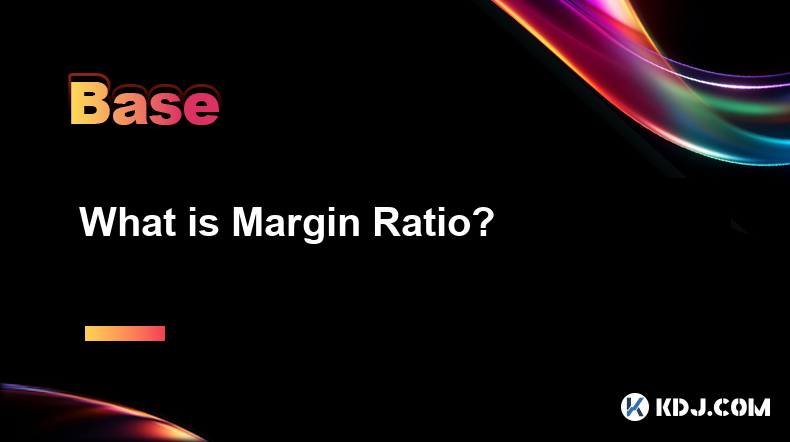
Key Points:
- Margin ratio explains the relationship between the borrowed funds and the trader's own capital in leveraged trading.
- A higher margin ratio indicates a higher risk, as a smaller price movement can lead to liquidation.
- Understanding margin ratio is crucial for managing risk and avoiding liquidation in cryptocurrency trading.
- Different exchanges have varying margin ratio requirements and liquidation mechanisms.
- Effective margin management involves careful position sizing and monitoring market volatility.
What is Margin Ratio?
In the volatile world of cryptocurrency trading, leverage allows traders to amplify their potential profits. However, this comes with increased risk. The margin ratio is a crucial metric that defines this risk. It represents the relationship between the amount of borrowed funds (margin) and the trader's own capital (equity) used in a leveraged trade. Essentially, it shows how much borrowed capital is used relative to the trader's investment. A low margin ratio signifies a more conservative trading strategy, while a high ratio indicates a higher risk appetite.
How is Margin Ratio Calculated?
The margin ratio is calculated by dividing the total margin used by the trader's equity. The formula is:
Margin Ratio = Total Margin / Equity
For instance, if a trader borrows $1000 (margin) to trade with $1000 of their own funds (equity), their margin ratio is 1:1 or 100%. If they borrow $2000 with $1000 equity, the ratio becomes 2:1 or 200%.
Understanding the Significance of Margin Ratio
The margin ratio directly impacts a trader's risk exposure. A higher margin ratio means a smaller price movement against the trader's position can lead to liquidation. Liquidation occurs when the margin ratio falls below the exchange's minimum requirement, forcing the exchange to sell the trader's assets to cover the borrowed funds. This can result in significant losses. Conversely, a lower margin ratio provides a larger buffer against price fluctuations.
Margin Ratio and Liquidation
Every cryptocurrency exchange sets a minimum margin ratio. This is the lowest acceptable ratio before liquidation. If the trader's position moves against them, reducing their equity, their margin ratio increases. Once it surpasses the exchange's threshold, the exchange automatically liquidates the position to recoup the borrowed funds. The speed at which this happens can vary depending on market conditions and the exchange's algorithm. Understanding the exchange's specific liquidation process is vital.
How to Manage Margin Ratio Effectively
Effective margin management is essential for sustainable cryptocurrency trading. Here are some key steps:
- Choose the Right Leverage: Don't over-leverage. Start with lower leverage ratios to understand the dynamics before increasing risk.
- Position Sizing: Carefully calculate the size of your positions to avoid excessive risk. Smaller positions mean lower margin ratios and less susceptibility to liquidation.
- Monitor Market Volatility: During periods of high volatility, reduce your leverage or close some positions to lower your margin ratio and protect against unexpected price swings.
- Diversify Your Portfolio: Spread your investments across different cryptocurrencies to reduce the overall risk. A loss in one asset won't significantly impact your entire portfolio.
- Use Stop-Loss Orders: Set stop-loss orders to automatically close your position if the price moves against you by a predetermined amount. This helps limit potential losses and prevent liquidation.
- Regularly Check Your Margin Ratio: Monitor your margin ratio consistently to ensure it remains within safe limits. Proactive monitoring allows for timely adjustments to prevent liquidation.
Margin Ratio Across Different Exchanges
Different cryptocurrency exchanges may have different minimum margin requirements and liquidation mechanisms. It's crucial to understand the specific policies of the exchange you're using before engaging in leveraged trading. Some exchanges might offer different margin tiers with varying requirements, affecting your trading strategies.
Margin Call and Its Implications
A margin call is a warning from the exchange that your margin ratio is approaching the critical level. It's a signal to either add more equity to your account, reduce your position size, or close the position entirely to avoid liquidation. Ignoring a margin call can lead directly to liquidation.
The Role of Risk Management in Margin Trading
Risk management is paramount in margin trading. Understanding the margin ratio is only one part of the equation. Traders need to develop a comprehensive risk management strategy that incorporates position sizing, stop-loss orders, diversification, and a thorough understanding of market dynamics. Overconfidence and ignoring risk management can quickly lead to significant losses.
Common Questions:
Q: What happens if my margin ratio reaches zero?
A: If your margin ratio reaches zero, it means your equity is insufficient to cover your borrowed funds. The exchange will liquidate your position to recover its losses.
Q: Can I increase my margin ratio during a trade?
A: Yes, you can usually add more funds (equity) to your account to lower your margin ratio. However, this must be done before the margin ratio reaches the critical level.
Q: Is a higher margin ratio always bad?
A: Not necessarily. A higher margin ratio can be acceptable if you have a high conviction in your trade and understand the associated risks. However, it significantly increases the chance of liquidation.
Q: How can I avoid liquidation?
A: By carefully managing your margin ratio, using stop-loss orders, diversifying your portfolio, and understanding market volatility. Conservative position sizing is also key.
Q: What is the difference between margin trading and spot trading?
A: Spot trading involves buying and selling cryptocurrencies at the current market price, while margin trading utilizes borrowed funds to amplify potential profits (and losses).
Disclaimer:info@kdj.com
The information provided is not trading advice. kdj.com does not assume any responsibility for any investments made based on the information provided in this article. Cryptocurrencies are highly volatile and it is highly recommended that you invest with caution after thorough research!
If you believe that the content used on this website infringes your copyright, please contact us immediately (info@kdj.com) and we will delete it promptly.
- Bitcoin (BTC) price falls four per cent after Donald Trump imposes tariffs on trading partners worldwide
- 2025-04-03 14:25:13
- Ethereum Price Fails to Maintain Gains
- 2025-04-03 14:25:13
- Justin Sun, Founder of Tron, Steps in to Rescue TrueUSD (TUSD) from a $456M Reserve Crisis
- 2025-04-03 14:20:12
- Meme Coins Are Exploding, Here's Why They're So Appealing
- 2025-04-03 14:20:12
- Qubetics ($TICS): The Best 100x Crypto for Real Utility and ROI
- 2025-04-03 14:15:12
- Ethereum Faces Tough Market Conditions
- 2025-04-03 14:15:12
Related knowledge
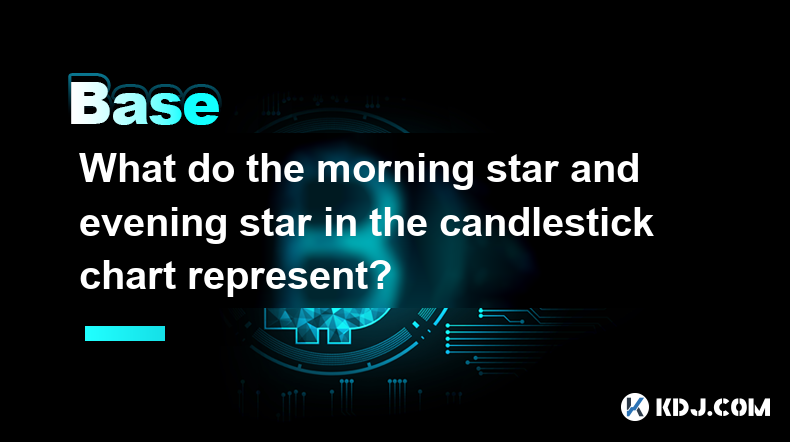
What do the morning and dusk stars in the candlestick chart represent?
Apr 03,2025 at 03:11pm
In cryptocurrency trading, the K-line chart is an important tool for analyzing market trends and price movements. Among them, 'Morning Star' and 'Evening Star' are two important reversal patterns, which represent the key signals of the market's shift from a bear market to a bull market and from a bull market to a bear market, respect...
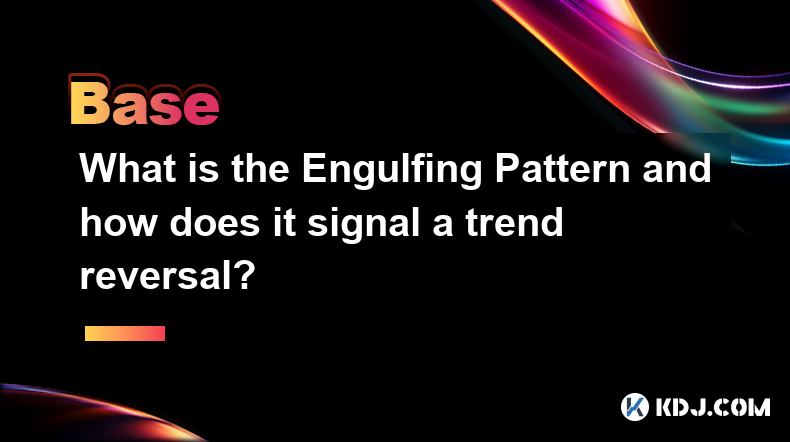
What is the swallowing form? How does it predict a trend reversal?
Apr 03,2025 at 03:07pm
In cryptocurrency trading, technical analysis is one of the important tools traders use to predict market trends and make trading decisions. Among them, the Engulfing Pattern is a common K-line pattern. When it appears on the chart, it is usually considered a signal of a trend reversal. This article will explore in detail what the engulfing pattern is a...
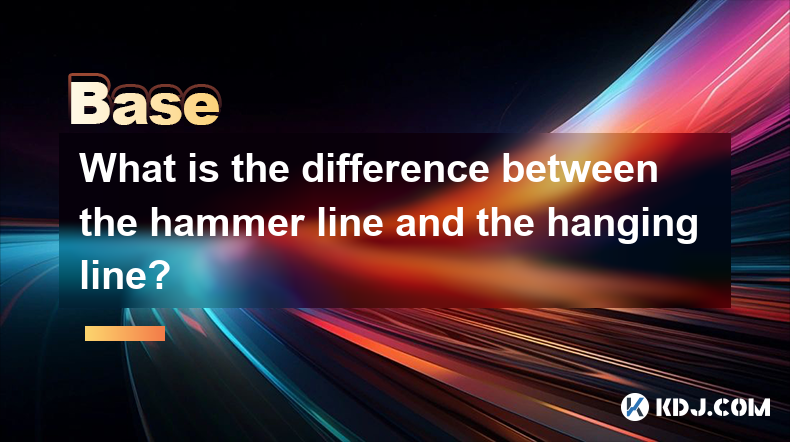
What is the difference between the hammer line and the hanging line?
Apr 03,2025 at 03:03pm
The hammer line and the 'hanging line' pattern are common K-line patterns in technical analysis. They are very similar in appearance, but there are significant differences in the market environment and the predicted market trend. This article will explore the differences between these two forms in detail and help readers better understand and use them f...
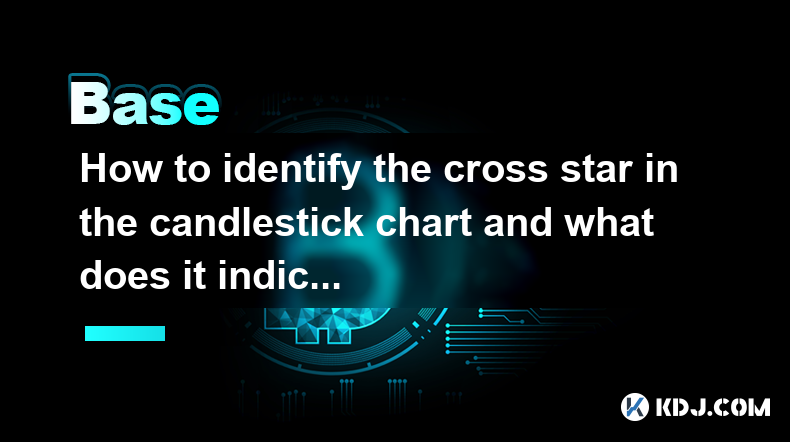
How to identify the cross star in the candle chart and what does it mean?
Apr 03,2025 at 02:57pm
In cryptocurrency trading, the K-line chart is one of the important tools to analyze market trends and price movements. Among them, 'Cross Star' is a common K-line pattern, which is of great significance in analyzing market sentiment and predicting price trends. This article will introduce in detail how to identify the 'cross star' in th...
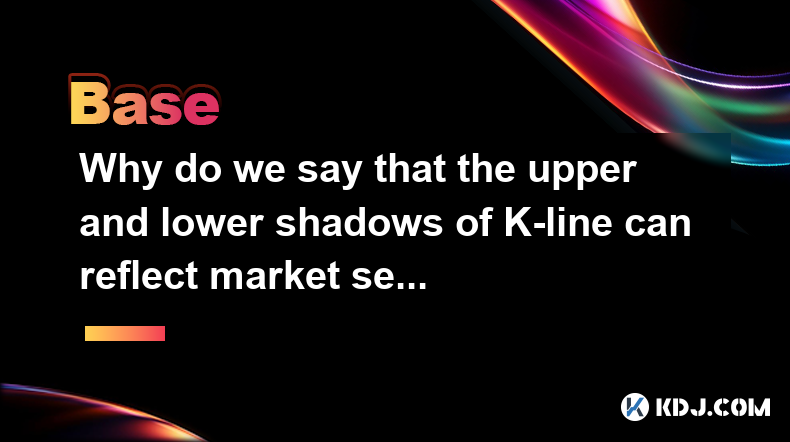
Why do the upper and lower shadows of the K-line reflect market sentiment?
Apr 03,2025 at 02:53pm
The K-line chart is one of the most commonly used tools in technical analysis, and the upper and lower shadows can intuitively reflect the market's long and short emotions and the psychological state of traders. By carefully observing and analyzing the upper and lower shadows of the K-line, investors can better understand market dynamics and make sm...

What are positive and negative lines? What is the difference between them?
Apr 03,2025 at 02:47pm
In the cryptocurrency market, the K-line chart is a commonly used technical analysis tool to show price changes. Each 'candle' in the K-line chart represents the price trend over a period of time, among which 'yang line' and 'yin line' are two key concepts. Understanding them is essential to analyzing market trends and making trading decisions. What is ...

What do the morning and dusk stars in the candlestick chart represent?
Apr 03,2025 at 03:11pm
In cryptocurrency trading, the K-line chart is an important tool for analyzing market trends and price movements. Among them, 'Morning Star' and 'Evening Star' are two important reversal patterns, which represent the key signals of the market's shift from a bear market to a bull market and from a bull market to a bear market, respect...

What is the swallowing form? How does it predict a trend reversal?
Apr 03,2025 at 03:07pm
In cryptocurrency trading, technical analysis is one of the important tools traders use to predict market trends and make trading decisions. Among them, the Engulfing Pattern is a common K-line pattern. When it appears on the chart, it is usually considered a signal of a trend reversal. This article will explore in detail what the engulfing pattern is a...

What is the difference between the hammer line and the hanging line?
Apr 03,2025 at 03:03pm
The hammer line and the 'hanging line' pattern are common K-line patterns in technical analysis. They are very similar in appearance, but there are significant differences in the market environment and the predicted market trend. This article will explore the differences between these two forms in detail and help readers better understand and use them f...

How to identify the cross star in the candle chart and what does it mean?
Apr 03,2025 at 02:57pm
In cryptocurrency trading, the K-line chart is one of the important tools to analyze market trends and price movements. Among them, 'Cross Star' is a common K-line pattern, which is of great significance in analyzing market sentiment and predicting price trends. This article will introduce in detail how to identify the 'cross star' in th...

Why do the upper and lower shadows of the K-line reflect market sentiment?
Apr 03,2025 at 02:53pm
The K-line chart is one of the most commonly used tools in technical analysis, and the upper and lower shadows can intuitively reflect the market's long and short emotions and the psychological state of traders. By carefully observing and analyzing the upper and lower shadows of the K-line, investors can better understand market dynamics and make sm...

What are positive and negative lines? What is the difference between them?
Apr 03,2025 at 02:47pm
In the cryptocurrency market, the K-line chart is a commonly used technical analysis tool to show price changes. Each 'candle' in the K-line chart represents the price trend over a period of time, among which 'yang line' and 'yin line' are two key concepts. Understanding them is essential to analyzing market trends and making trading decisions. What is ...
See all articles























































































